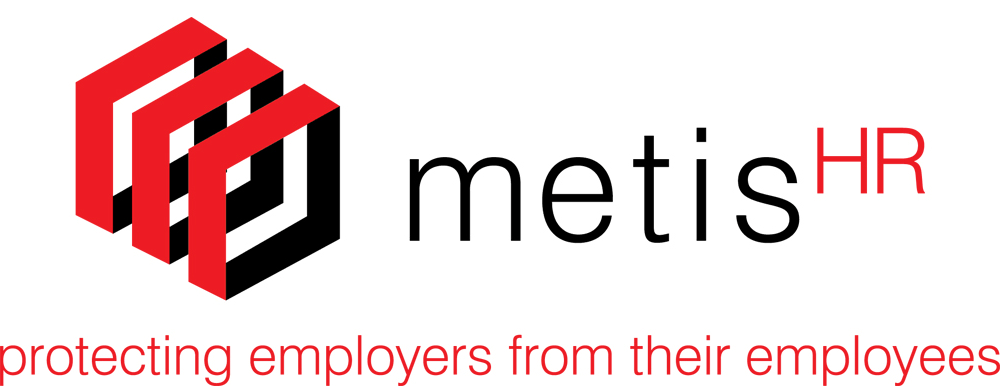Since the Care Act was passed in 2014 we have need to look at how to improve recruitment and retention of staff in the care industry.
By Metis HR.It is estimated that by 2030 the number of people aged over 85 will have doubled, whilst advances in healthcare mean people with disabilities and long-term health conditions are living longer, which means in future, care services will be an important part of more peoples’ lives.
Effective recruitment and retention of a caring and skilled adult social care workforce has a central role to play in delivering high quality care and support to people who need it. The Care Act 2014 passed into law and now a refreshed recruitment and retention strategy is needed, which takes account of the many changes the Act will bring in. Without the right workforce, employers cannot deliver the promise of the Act. (Norman Lamb MP, Skills For Care)Recruiting the right people is key to the success of receiving ‘good’ and ‘outstanding’ ratings. Dropping recruitment standards to fill vacancies potentially changes a ‘person-centred’ culture and could create a short term solution to staffing problems, but potentially later create bigger problems for the Registered Manager and person in charge of each shift.
If you want the right people with the right qualities and skills, you must expect to offer appropriate rewards and ensure that staff have sufficient time to carry out their caring roles. Commissioners most surely need to ensure their procurement of care reflects the National Minimum Wage and the actual amount of time necessary to deliver good quality care.Marketing and PR experts know all about targeting specific audiences, how to reach them and carefully package and deliver key organisational messages to them. As an employer, it is useful to learn to use similar techniques to attract and recruit the right care staff. Raising awareness of your organisation’s values and culture through various forms of media, so to be noticed by the right calibre of people for the job is essential. Ask yourself, what makes you unique and why your organisation is a great place to work?
When developing a marketing-led recruitment strategy set out: Your target audience Where and how are you likely to reach them The key messages that will build your employer brand effectively Using social media effectively to ‘drip-feed’ and share engaging content about the culture of your organisation helps to keep potential recruits and young school leavers wanting a desire to work for your brand and organisation. Giving school leavers an opportunity to go into further education and work experience in the care industry shows you’re an employer who invests in people and in the future. One care organisation regularly has a slot on the local radio station to talk about different aspects of the care industry and is well known within the community.Besides recruiting the right calibre of staff, once you have them, you no doubt want to hold on to them. To retain staff, ensure your message and branding is consistent with the actual experience of working for your organisation.
Invite feedback from your existing workforce, even if the response isn’t positive in the beginning. The information given will be invaluable and offer ideas and feedback on what is working well and what areas could be done better.Improving communication between staff, clients and relatives is key.
Regular supervision sessions are known as a vehicle for effectively improving the quality of care and communication in an organisation. Other strategies that work are internal briefing sessions held once a week at the start of a shift to update staff on organisational issues rather than care issues that handover meetings tend to focus on. suggestion boxes are still used by many establishments; they are a traditional method which still has merit in many organisations providing somebody is responsible for regularly emptying them. regular team meetings proactively designed to encourage input from staff, rather than being a one-way flow of information. a “you said we did” board where suggestions made are considered and actions taken by the organisation are reported on encourages a proactive, transparent culture. cross team training to ensure that staff from across the organisation get to know their colleagues rather than holding training session for a particular shift which reinforces the “silo” effect. look at your employees’ aims, objectives and goals in the job and where possible support them in what they wish to achieve, even if it is in outside development. It will make your staff feel valued and happier. If you are considering an “employee of the month” scheme check out our blog for an alternative viewpoint on the success of these schemes.When looking at how to improve recruitment and retention of staff in the care industry, it is critical to take into account the largely female profile of the industry’s workforce. Promoting flexible working practices such as term time only working and school holiday only working, compressed hours and a formalised reduction in contracted hours rather than lose a member of staff wanting fewer hours are all methods which make it much easier for somebody to stay in your organisation than find alternative employment.
Leadership teams need to be visible to staff. It’s important for managers and leaders to be approachable and transparent in what they do for staff to feel happy and comfortable with expressing their concerns. Visible RegisteredManagers promote a culture of teamwork and a strong work ethic through their presence.
Even if a member of staff decides to leave and move on elsewhere, it is good practice to hold an exit interview. Most people do not consider a job to be for life these days and finding out what an employee who is leaving really thinks about your organisation will give you valuable insights on what to change and what is also working. They have nothing to lose and therefore are more likely to be extremely honest with you.Enjoyed this? Read more from Metis HR






















